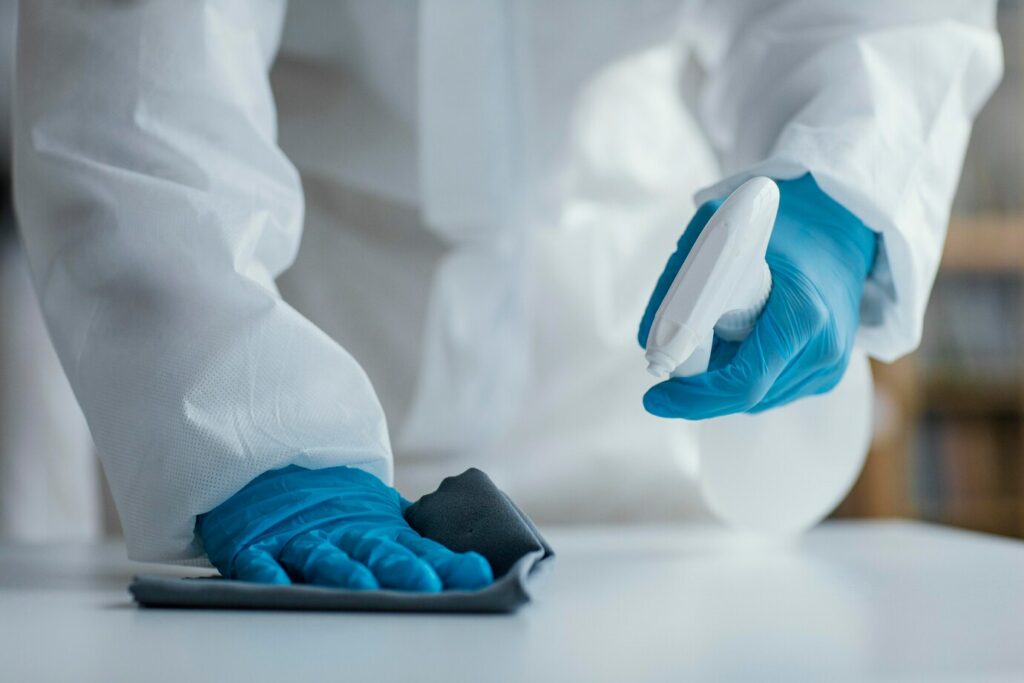Pickling - Passivation
Pickling stainless steel consists of dissolving the mixed oxide layer formed during the welding process.
This mixed oxide layer has a chromium content that is too low to allow the development of the passive layer specific to the “stainless” character of these steels.
Once this layer has been removed, the chromium present can oxidize on contact with air or water and form a continuous film: this is what we call the passivation phenomenon.
This passivation can either be developped on a “natural” way, upon contact with ambient air, or be accelerated by the chemical action of an oxidizing agent.
- By circulation
- By spraying
- By immersion
Electropolishing
Electropolishing is particularly recommended for parts where the risk of bacteriological fouling should be avoided.
Indeed, on the one hand the level of roughness obtained limits the risk of gripping on the part.
On the other hand, with equal roughness, an electropolished part will have better cleanability than a mechanically polished part. Indeed, mechanical polishing tends to create areas presenting risks of micro-retention, which electropolishing will not do.
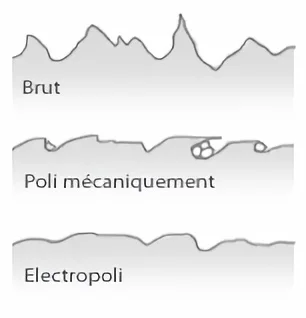
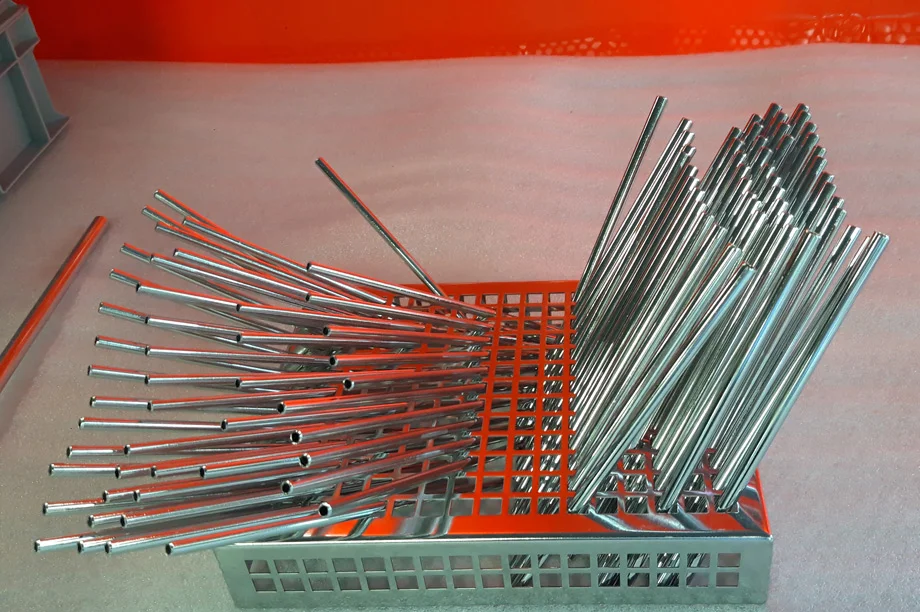
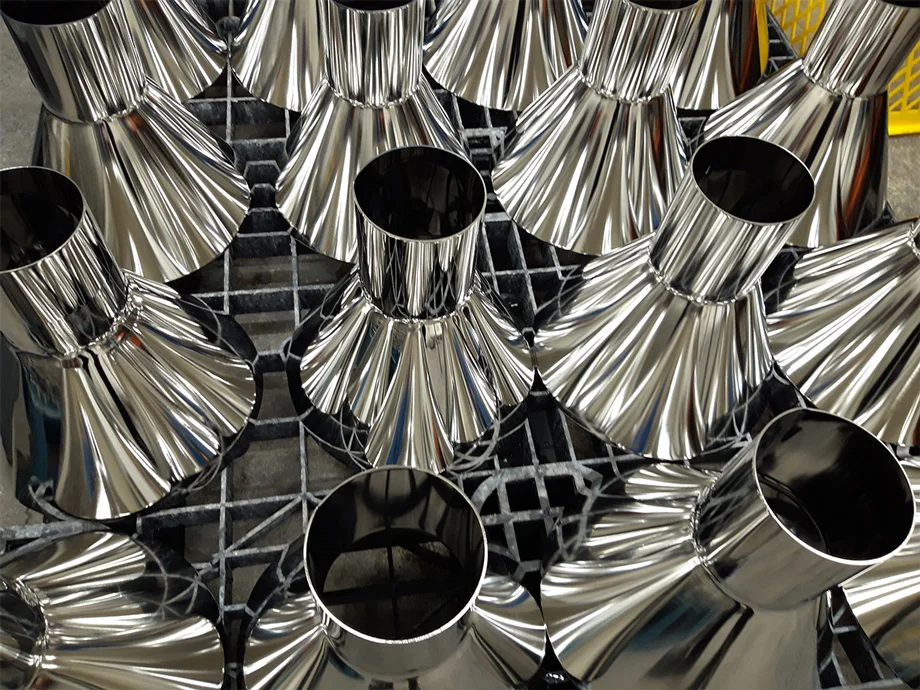
Interested in our services in Life Sciences?
Derouging
Chimiderouil, through its experience in the field of stainless steel and the continuous development of new product formulations, can help you solve the rouging problems that you encounter in your installations.
Stainless steel installation rouging is the result of the development of iron oxide, hydroxide or carbonate originating from an external source or linked to the destruction of the passive layer of the stainless steel.
The color variation is linked to the type of oxide formed and variation in the water associated with the corrosion process. Colors vary from orange to black.
Before
After
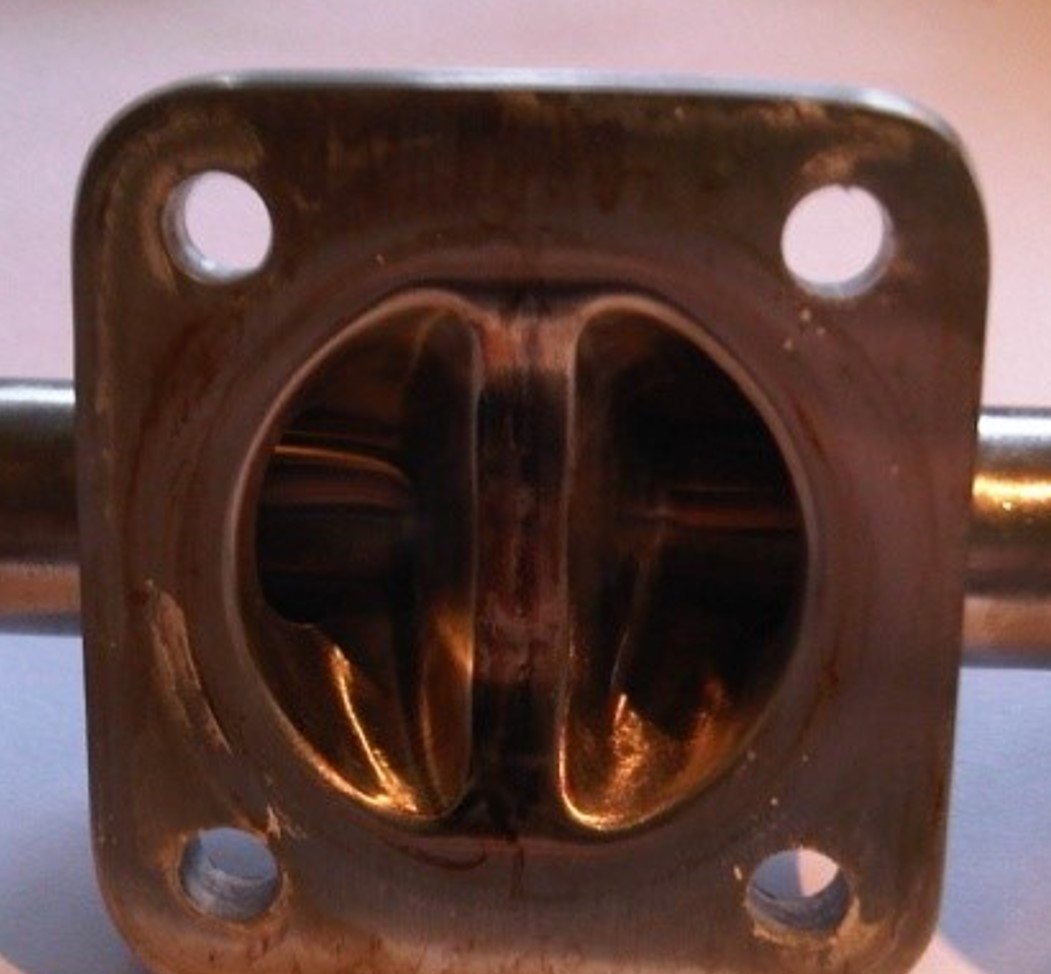
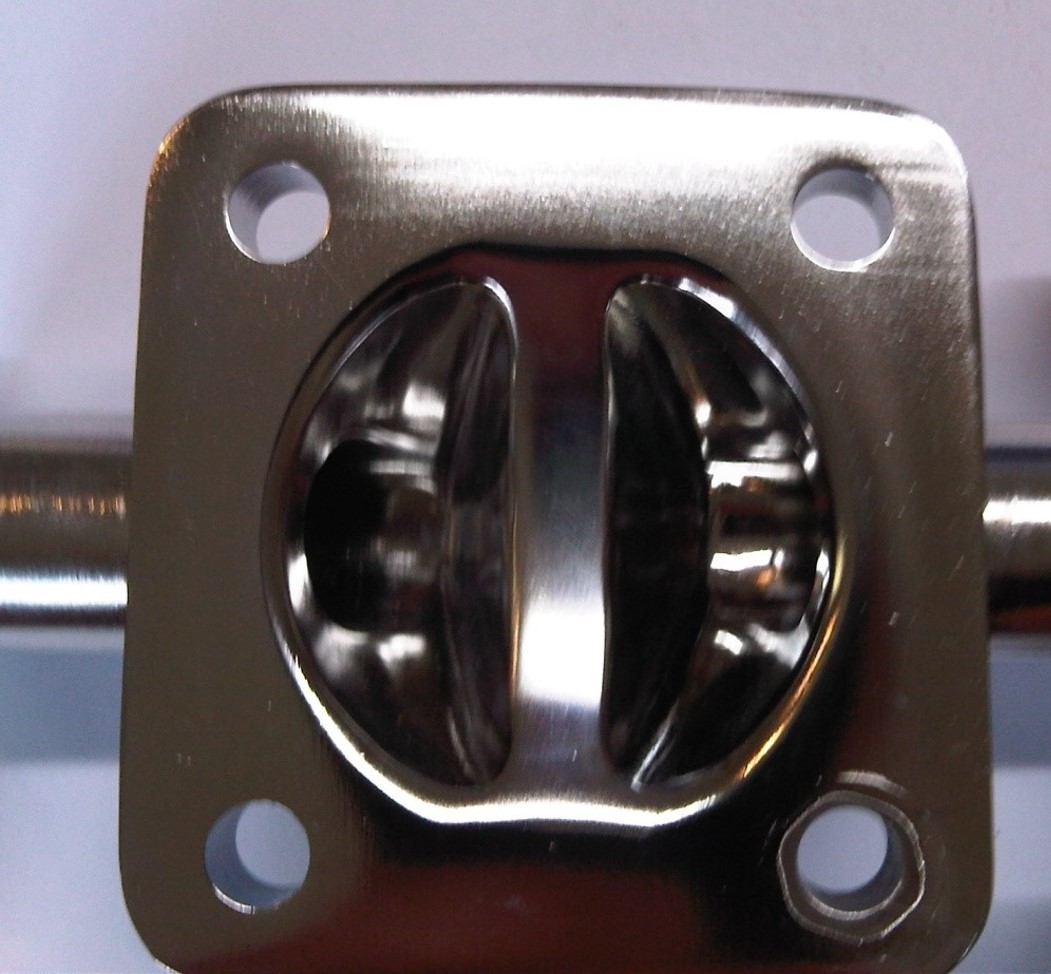


Biofilm decontamination
The life sciences sector combines very high cleanliness requirements and work ensuring guaranteed traceability and reliability.
Chimiderouil combines its extensive know-how and the rigor of its teams to provide a solution to your specific problems.
We act both curatively on installations requiring more intense treatment and preventatively in order to continually have equipment that meets your requirements!
Contact our teams, we will put our know-how at your disposal!
